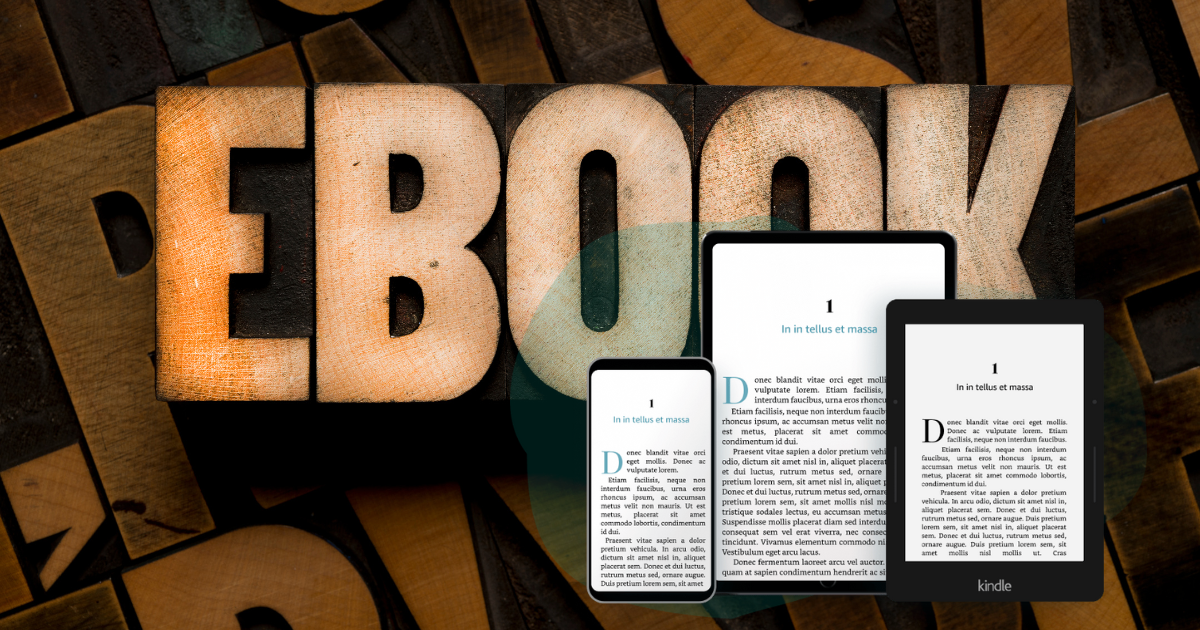Transform Your Analysis Experience with Our Featured Ebook Store
The EBook Transformation: Diving Into the Reasons Behind the Growing Choice for Digital Books Over Physical Duplicates in Today's Culture
In recent years, there has actually been a recognizable shift in consumer habits pertaining to the option in between electronic publications and conventional physical duplicates. This preference for digital books over their concrete counterparts has actually sparked discussions and arguments within literary circles and past. The change has been driven by several factors that have fundamentally modified the way we interact with literature, casting doubt on the extremely significance of how we engage and eat with written web content in today's digital age.
Accessibility and Convenience
The extensive adoption of digital books can be associated to their unequaled accessibility and ease for modern-day visitors. With just a few clicks or taps, readers can access a large collection of publications on their digital tools, eliminating the requirement to check out physical book shops or libraries. This convenience of access is particularly useful for individuals with handicaps or those staying in remote areas with minimal accessibility to standard book sources.
Furthermore, digital publications supply visitors the convenience of lugging a whole library in a single lightweight gadget. This mobility allows visitors to enjoy their preferred books anytime, anywhere, whether they are commuting to work, traveling, or just kicking back in the house. In addition, features like adjustable font style sizes, integrated thesaurus, and search performances improve the reading experience, making it easier for readers to involve and browse with the web content.
In today's fast-paced globe, where immediate satisfaction and performance are extremely valued, the access and convenience of electronic books play a substantial duty in driving their enhancing popularity amongst readers of any ages. (ebook store)
Cost-Effectiveness and Affordability
As viewers significantly focus on availability and ease in their analysis habits, the cost-effectiveness and affordability of digital books become critical factors driving their prevalent adoption. Furthermore, the capacity to access a huge library of digital publications through subscription solutions or on-line platforms for a flat cost or at a lowered rate contrasted to physical books further enhances the price facet.

Transportability and Space-saving
In the world of electronic analysis, the ease of portability and space-saving attributes stands out as a substantial benefit over typical published books. Digital books allow viewers to carry a whole library in a single tool, removing the requirement for large physical duplicates that can use up significant area. This mobility is especially beneficial for people use this link who take a trip often or have actually limited storage area. Whether it's an everyday commute, a trip, or just moving around your house, e-readers or tablets make it simple for readers to access their favored publications anytime, anywhere.
In addition, the space-saving aspect of digital books is especially beneficial in today's minimalist and environmentally aware society. With digital books, there is no need for expansive shelfs or storage space boxes to house a collection. This not just minimizes mess in living rooms yet also contributes to sustainability initiatives by reducing paper use and the carbon footprint linked with physical book manufacturing and circulation. Ultimately, the transportability and space-saving functions of ebooks line up with modern-day lifestyles concentrated on effectiveness, sustainability, and comfort.
Eco-Friendly and Lasting
Advertising ecological awareness and promoting sustainability, the fostering of digital publications provides an engaging service for reducing paper consumption in the posting market. By choosing digital styles over typical paper books, individuals contribute to the conservation of forests and the reduction of carbon discharges connected with the production and transportation of physical books.
Digital publications get rid of the need for paper, ink, and the energy-intensive processes associated with conventional printing. This shift towards electronic literature minimizes the market's environmental influence, making it a much more eco-friendly choice for readers. In addition, the durability and resilience of electronic books reduce the waste generated from disposed of or harmed physical copies.

Technical Advancements and Functions
The surge in electronic analysis platforms has actually look here reinvented the literary landscape, offering viewers a myriad of technical improvements and attributes to enhance their analysis experience. One of the key attributes that bring in readers to digital publications is the ability to adjust font sizes and designs, satisfying specific choices and enhancing readability for those with visual impairments (ebook store). Interactive aspects such as links, multimedia material, and annotations provide an even more interesting and immersive reading experience compared to typical print books.
Technical innovations like e-ink displays have actually substantially reduced eye strain, making it a lot more comfy for visitors to invest prolonged durations continuing reading digital devices. Additionally, the convenience of integrated dictionaries, search functions, and the capability to annotate and highlight message perfectly add to a more effective and improving reading experience. The integration of audiobooks and text-to-speech functions additional improves ease of access for individuals who choose listening to books instead of reading them. On the whole, the evolving landscape of digital publications proceeds to offer ingenious functions that deal with a varied series of reader choices and requirements.
Conclusion
Finally, the shift in the direction of electronic publications over physical duplicates can be credited to variables such as availability, cost-effectiveness, portability, eco-friendliness, and technological innovations. These factors have actually contributed to the enhancing preference for digital books in today's culture. As technology remains to advancement and more people welcome the convenience and benefits of digital analysis, it is most likely that the book change will certainly continue to expand in appeal.
The click now prevalent fostering of electronic books can be associated to their exceptional accessibility and comfort for modern viewers.In addition, digital publications use viewers the ease of carrying an entire library in a solitary light-weight gadget.As readers progressively focus on availability and benefit in their reading practices, the cost-effectiveness and price of electronic publications end up being pivotal elements driving their widespread fostering. Furthermore, the ability to access a vast collection of electronic publications through registration solutions or online platforms for a flat cost or at a minimized rate compared to physical publications further enhances the affordability aspect.
With the elimination of physical transportation and storage needs, electronic publications significantly minimize the carbon impact associated with the circulation of traditional publications.